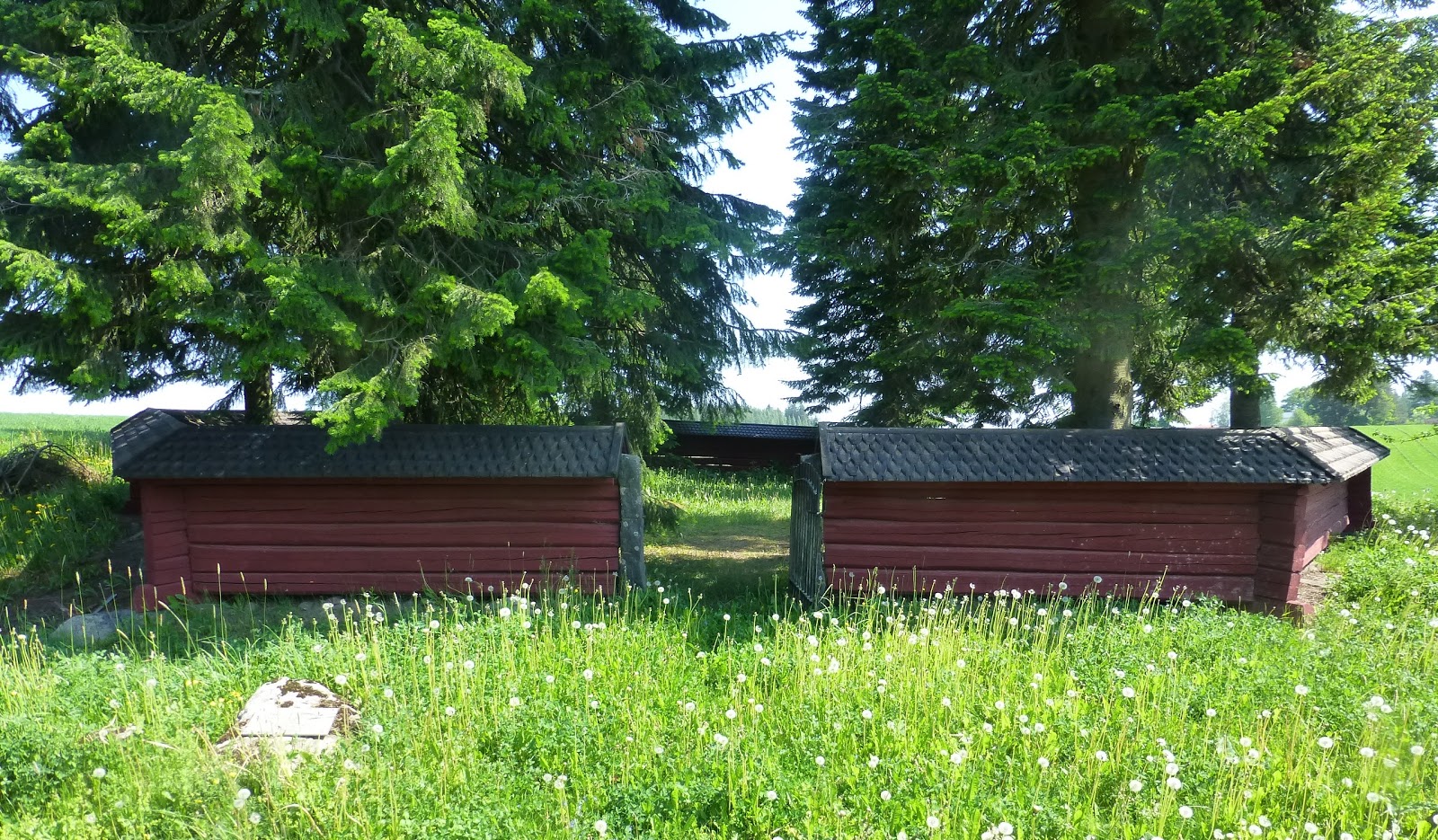Around Satakunta: The Big Three of Eura

In Finland, there are certain sites that every archaeology student hears about during the very first lectures at the university – and surprisingly enough, many of them lie quite close to each other within the borders of Eura. While Eura has put a lot of effort into showcasing their ancient history and there's a plenty of information online to plan a day-trip, I still wanted to share a few prominent sites to get started with. In case you have time only for a few sites, you might want to go with these "big three"! The Kings's Grave – largest burial cairn in Finland. Kuninkaanhauta Kuninkaanhauta, literally the King’s Grave, is the largest burial cairn in Finland. It’s located right along the road, so everyone passing by is sure to notice this pile of stones rising up to 4,5 meters in height. It has never been researched from the inside but based on the location it has been dated to the early half of the Bronze Age 3500 years ago. If you have never seen cair...




